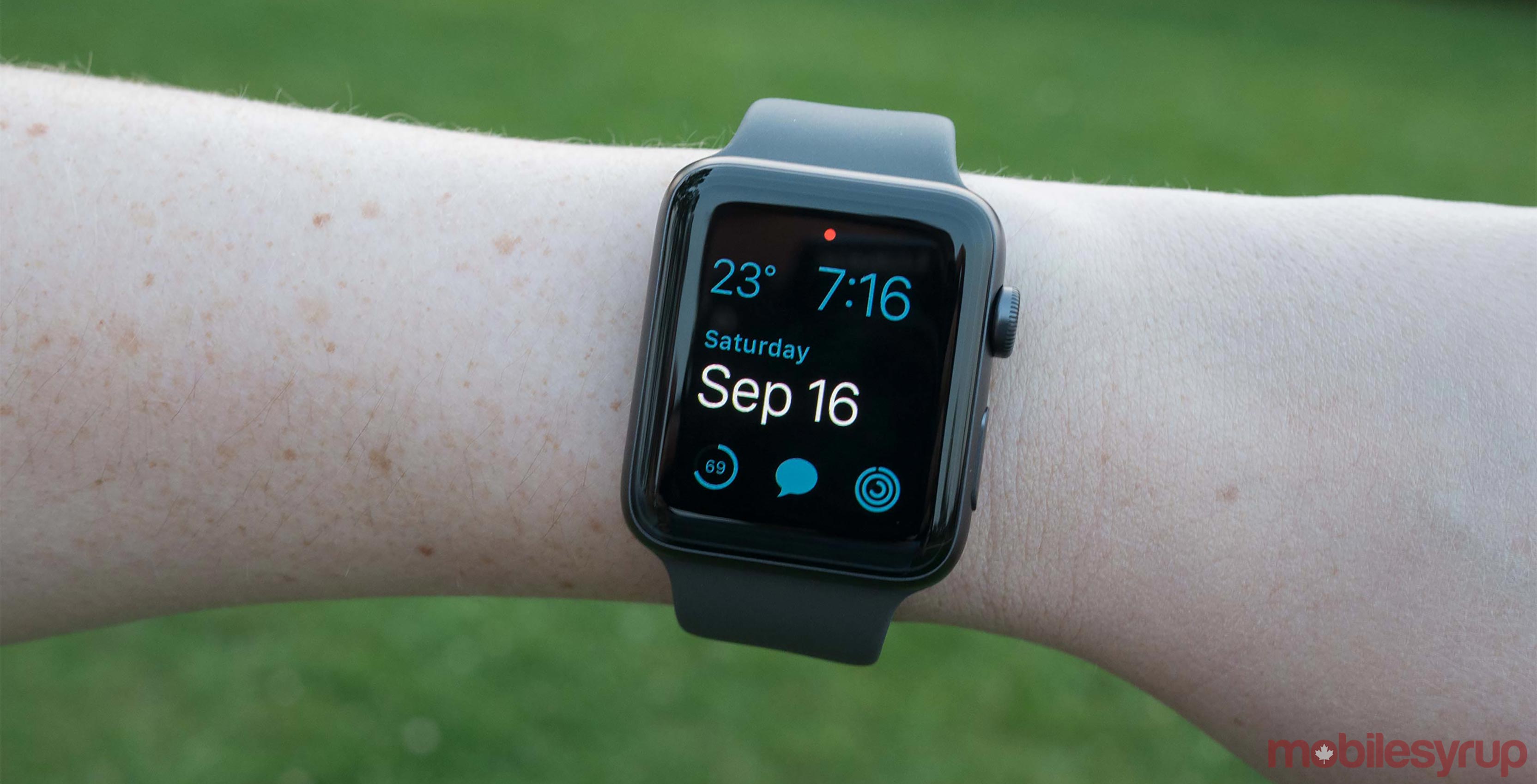
The worldwide wearables market reached record total shipment volumes in 2017, according to a report from the International Data Corporation (IDC).
As revealed in IDC’s Worldwide Quarterly Wearable Device Tracker, total volumes for the fourth quarter of 2017 reached 37.9 million units, a 7.7 percent increase from the same quarter the year prior.
In 2017 as a whole, total wearable device shipments reached 115.4 million units, rising 10.3 percent from the 104.6 million units shipped in 2016.
Throughout all of this, Apple was able to secure the leader position in the global wearables market. According to the IDC, the fourth quarter of 2017 was the first quarter in which Apple came out on top, having previously spent several quarters close behind Fitbit and Xiaomi.
IDC cited Apple’s pursuit of additional smartwatch features and cellular connectivity, particular with last year’s Apple Watch Series 3, as reasons for the company’s greater success in 2017. This led to a late-year push of eight million Apple Watch units shipped, which in turn helped Apple edge out the competition.
Fitbit was the second largest smartwatch manufacturer, with IDC pointing to the launch of its Ionic smartwatch and continued application development for its Fitbit OS platform as reasons for its success. Fitbit also made several healthcare-related partnerships with groups like Dexcom and United Healthcare to complement its fitness devices.
Xiaomi placed third overall thanks to a massive presence in home country China, particularly due to its offering of smart footwear and children smartwatches.
Coming in at fourth was Garmin, which IDC said posted a slight increase from the year prior. According to IDC, Garmin’s fitness trackers and vivo-branded products helped shipments surpass the one million units mark for the quarter.
Meanwhile, smart wearables driven by vivo-branded and high-end Fenix-branded smartwatches nearly broke the one million unit mark for the first time, demonstrating faster growth than Garmin’s basic wearables product line.
Rounding out the list was Huawei, which had the largest growth among the top four companies, according to IDC. Like Xiaomi, Huawei benefited greatly from business in its home country of China, particularly with its third-generation wristbands gaining popularity. However, IDC stated that the focus on the Chinese market led to Huawei’s wearables shipments in other markets declining by two percent.
However, despite success from all of these manufacturers, IDC notes that the global wearable market’s 10.3 percent year-over-year growth in 2017 is nonetheless a significant decline from the 27.3 percent growth exhibited in 2016.
“The slowdown is not due to a lack of interest – far from it,” said Ramon T. Llamas, research director for IDC’s Wearables team, in a press statement. “Instead, we saw numerous vendors, relying on older models, exit the market altogether. At the same time, the remaining vendors – including multiple start-ups – have not only replaced them, but with devices, features, and services that have helped make wearables more integral in people’s lives. Going forward, the next generation of wearables will make the ones we saw as recently as 2016 look quaint.”
Source: IDC
MobileSyrup may earn a commission from purchases made via our links, which helps fund the journalism we provide free on our website. These links do not influence our editorial content. Support us here.


